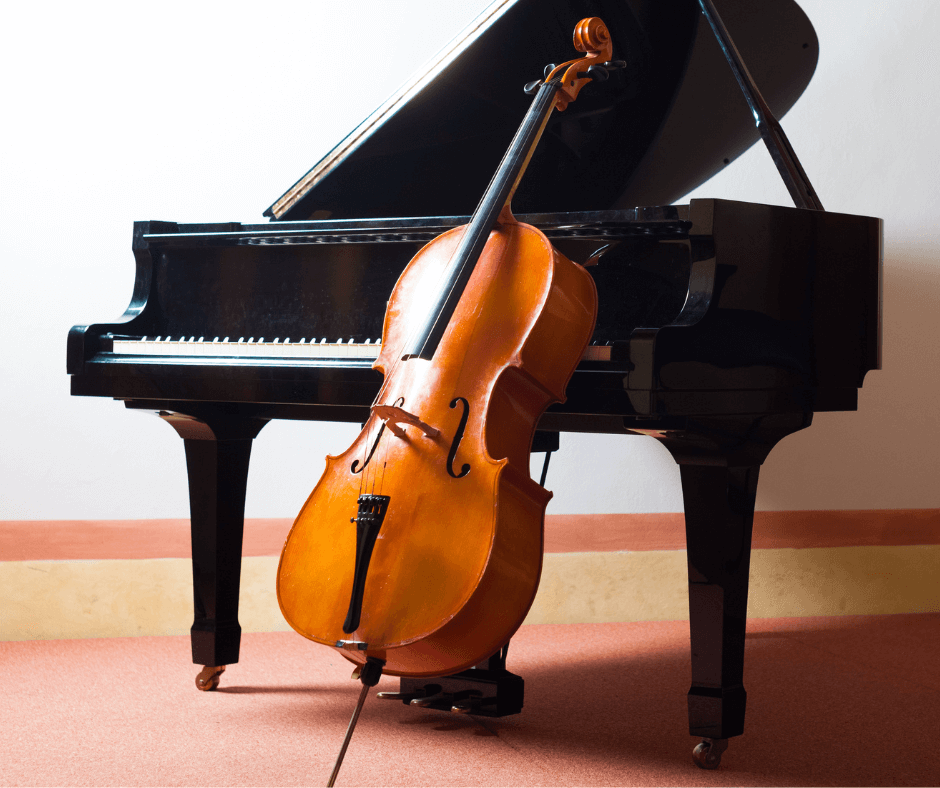How Mainstream Artists Help Keep Classical Music Alive

Classical music and classical instruments have a complicated reputation. They can often be seen as rigid and confined to specific parameters, decided centuries ago by “masters” of the genre. However, this is as far as can be from the truth. This week, we wanted to take a brief moment to go through just some of the plethora of ways in which classical music and classical instruments are being utilized by musicians today.
Firstly, many musicians currently incorporate classical instruments and classical training into their non-classical music. For example, Sudan Archives is one such artist that seeks to “show the Blackness of the violin.” Self-taught (she learned to play the violin by ear), she “found violinists who looked like [her] in Africa, playing it so wildly.” She continued in an interview with The Guardian, “it’s such a serious instrument in a western concert setting, but in so many other places in the world it brings the party.” Drawing inspiration from Sudanese fiddlers, she incorporates “elements of R&B, experimental electronic music, and beat-making,” pulling from her experience in rave culture.
Masego is a similar musician; he is a vocalist, who plays cello, trumpet, drums, guitar, and piano, but specializes in alto and tenor saxophone. Masego’s music is self-described as “TrapHouseJazz,” due to his incorporation of the saxophone and creation of a distinctive sound that cites influences from Cab Calloway, John P. Kee, and Andre 3000. (Andre 3000 also released an experimental flute album, New Blue Sun in 2023). Maesgo’s latest album, “Studying Abroad: Extended Stay” was nominated for the “Best Progressive R&B Album” in the 2022 Grammy Awards. South Korean pop band Lucy features violinist Shin Yechan in its four member line-up; his violin is key to memorable songs such as “Snooze” (2020). Many musicians are incorporating their interest and training in classical instruments into different genres in exciting new ways.
Meanwhile, other musicians seek to rework previous understandings of classical instruments. Trombone Shorty’s music fuses rock, pop, jazz, funk, and hip hop with the trombone, influenced by his upbringing in New Orleans and second line parades. In the past, he played with the Foo Fighters, Lenny Kravitz, and U2. His fellow NOLA native, Jon Batiste, a classically trained pianist and bandleader, has been nominated for 20 Grammy Awards, including Album of the Year for We Are (2021). Rosalia’s El mal querer (2018), tapped into the new flamenco genre - mixing traditional flamenco (with its classical guitar) with modern pop and urban sounds. Ryuichi Sakamoto imbued classical composition with synths and electronica, all the while taking key influences from Debussy, for his solo work and film scores.
Furthermore, traditional, classical music is sampled widely throughout different genres. Nas famously sampled Beethoven’s “Fur Elise” in “I Can” (2003), Billy Joel sampled Beethoven’s “Pathetique Sonata” in “This Night” (1983), and Lady Gaga sampled Vittorio Monti’s “Czardas” in “Alejandro” (2009). In the last year or two, K-pop groups have also taken their turn at sampling classical musical (the genre’s use of classical music sampling can be traced as far back to Shinhwa's 1999 “T.O.P”), such as in Red Velvet’s “Feel My Rhythm” (2022), which samples Bach’s “Air on the G String.” Other such songs can be found here.
As you can see, classical music and classical instruments can be found throughout modern music. We challenge you to think creatively about what YOU can do with your classical instrument. Even here at Center Stage, our classical students can perform at our Rock the Stage Gig with the Pop-Up band program! The possibilities are truly endless!
